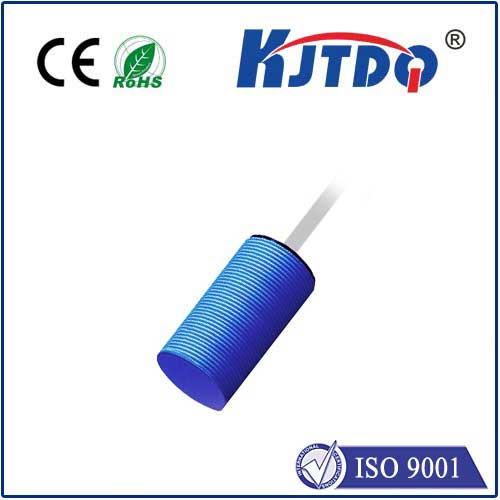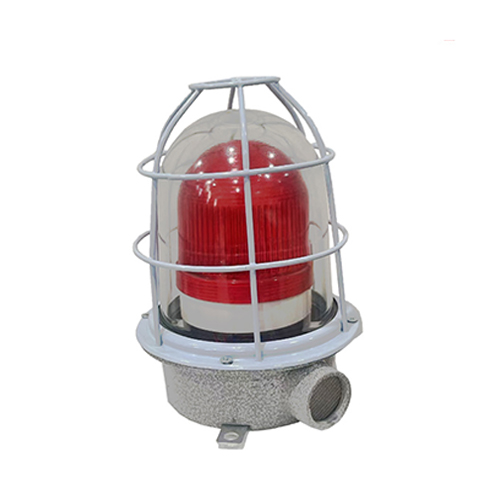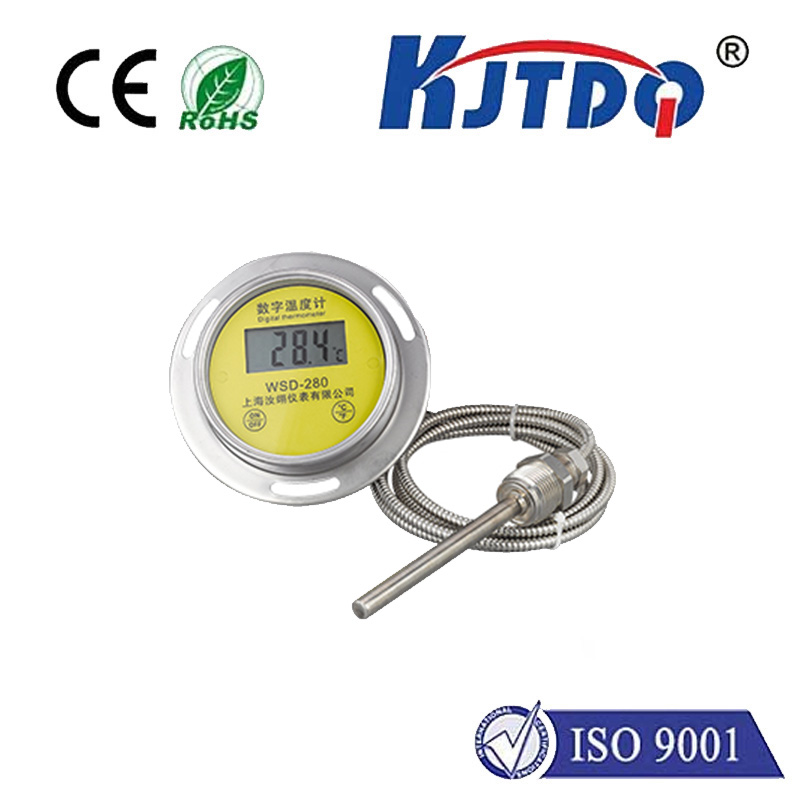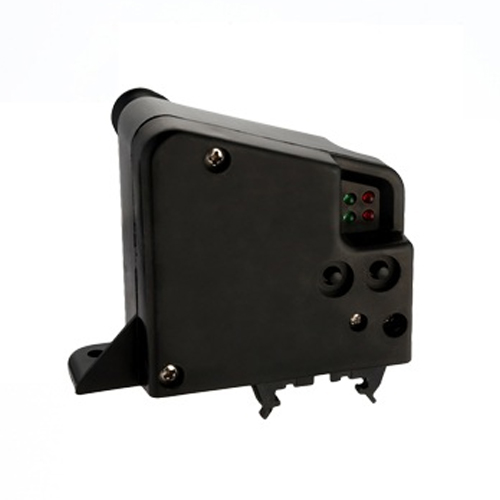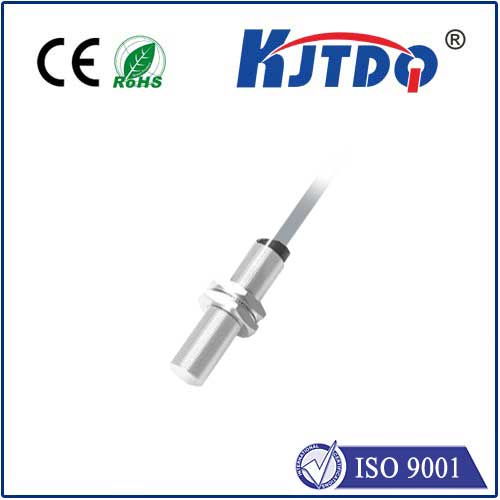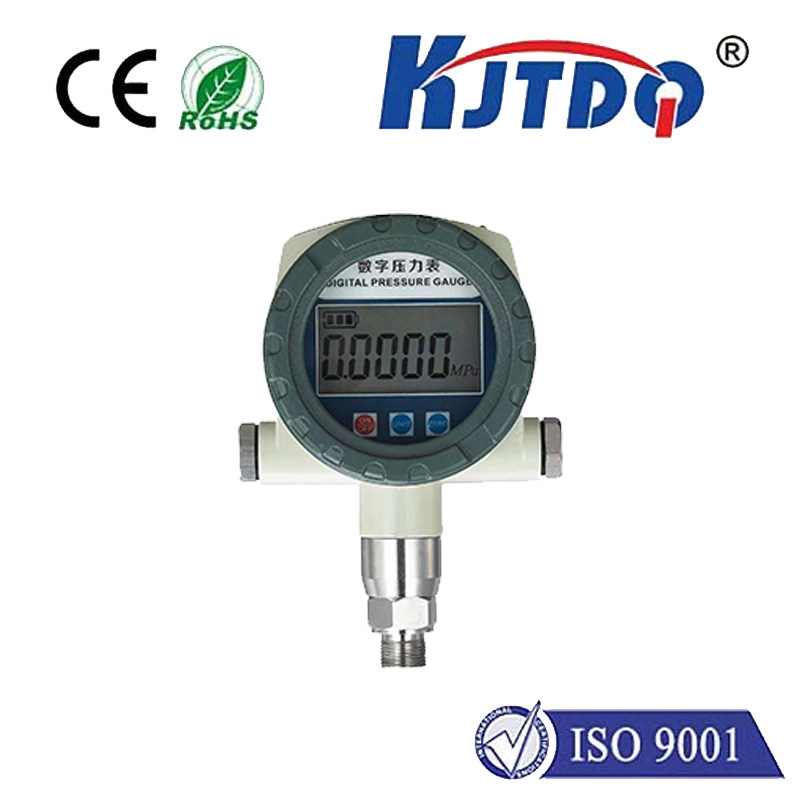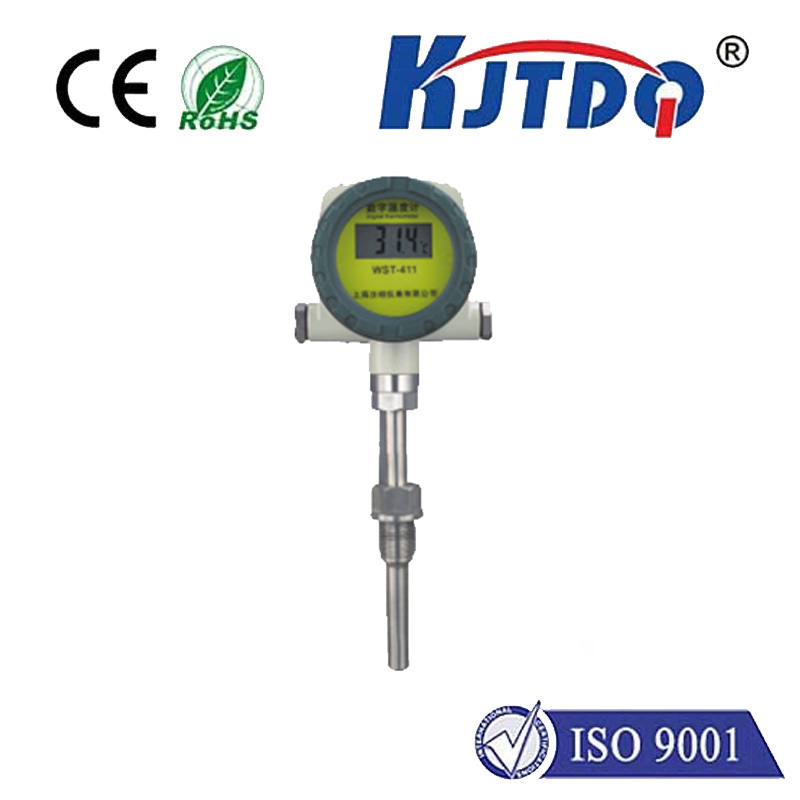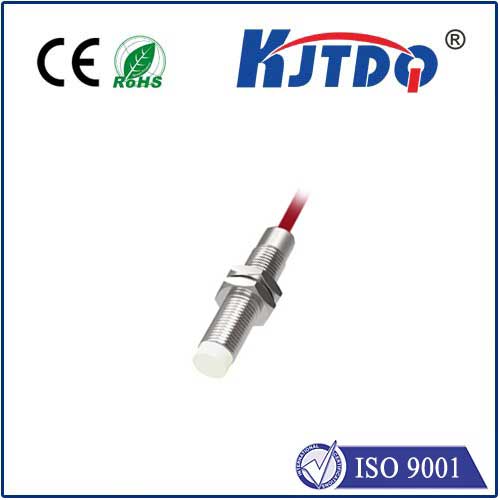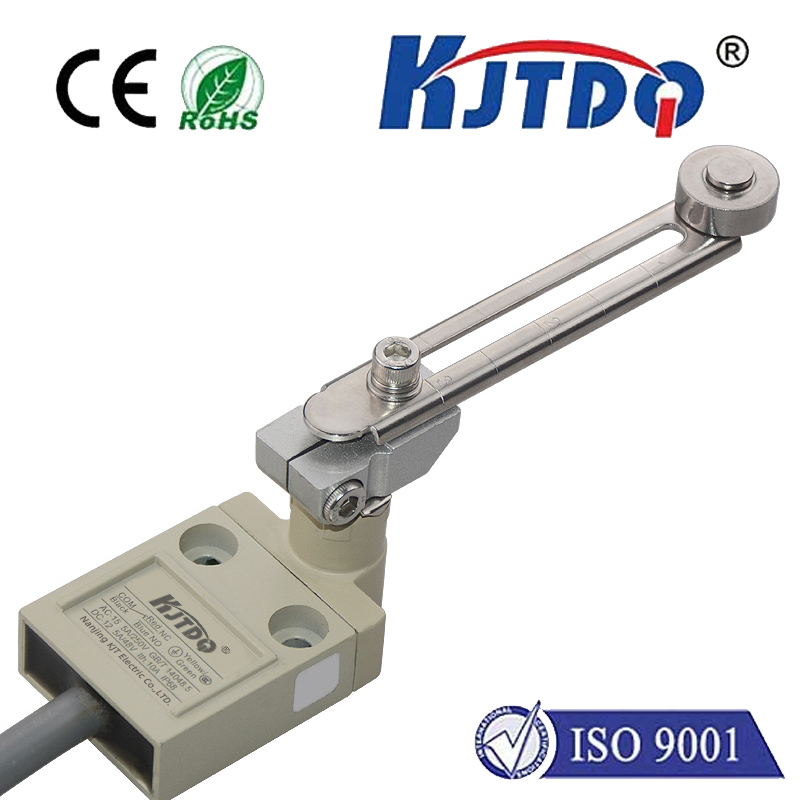

check

check

check

check
Title: Exploring the Essential Role of DC Limit Switches in Precision Control
DC limit switches play an imperative role in a wide array of applications where precision control and reliable performance are essential. These devices are specifically designed to detect minimal changes in current and respond quickly to prevent overloading or damage, making them crucial components within electrical systems.
A DC limit switch operates on the principle of restricting the electric current flow beyond a certain point, known as the 'limit.' When an electrical system reaches this threshold, the switch triggers, preventing any further increase in current. This mechanism ensures that the system remains stable and protected from potential harm due to excessive current levels.

One of the most notable features of the DC limit switch is its ability to detect micro-changes. This capability is particularly significant in applications where precise measurements and quick responses are required. For instance, in CNC machines, limit switches ensure that the machinery stops or changes direction exactly when required, thus maintaining accuracy in production processes.
The design of DC limit switches also deserves attention. They often resemble microswitches but are constructed to endure higher pressures and more frequent operations. This robustness makes them suitable for environments where durability and longevity are key factors. Available in various configurations such as miniature, thin, environmentally resistant types, and multi-circuit models, these switches offer versatility to cater to diverse application needs.
In discussing their functionality, it is clear that DC limit switches do not directly manipulate voltage drops or boost operations like DC-DC converters. Instead, their role is to monitor and control the current flow, ensuring that the system does not exceed safe operational limits. Their quick reaction times and small interval contacts further enhance operational safety and reliability.
Furthermore, the importance of choosing the right type of limit switch cannot be understated. Factors such as size, circuitry options, and environmental resistance should align with the specific demands of the operational context. For example, selecting a more robust model with multiple circuits may be advantageous in heavy-duty industrial settings, while a smaller, thinner switch could be more appropriate for compact, precision instruments.
As we consider the broader implications of using DC limit switches, it becomes evident that these components are not merely switches but guardians of system integrity. By preventing current overload, they protect against potential failures and extend the lifespan of electrical systems. In industries ranging from robotics to manufacturing, limit switches ensure that processes run smoothly and safely, driving efficiency and productivity.
In conclusion, DC limit switches are indispensable elements in contemporary electrical systems. Their capacity to sense minimal changes and react promptly make them vital for maintaining stability and preventing damage. Whether in high-tech industries or everyday applications, these switches guarantee precision and reliability, underscoring their importance in modern technological landscapes.
